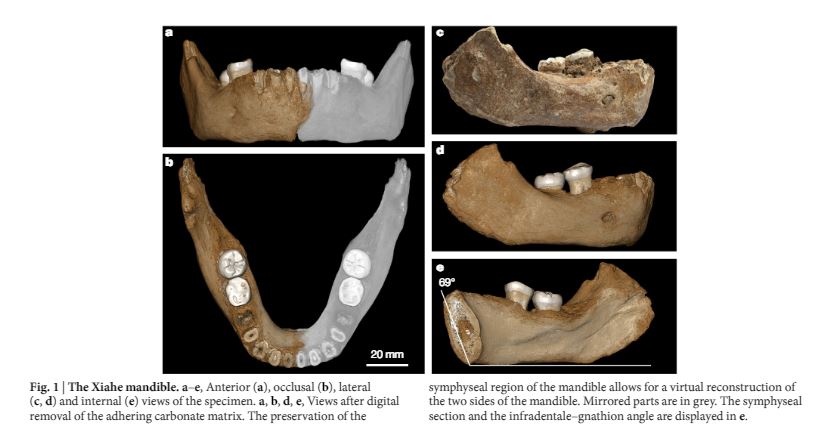Researchers have found new clues that link a mysterious group of ancient humans, called Denisovans, to another early human species called Homo longi, also known as “Dragon man” from Harbin in northeast China. Carbon dating places the jawbone at and age older than 120,000 years.
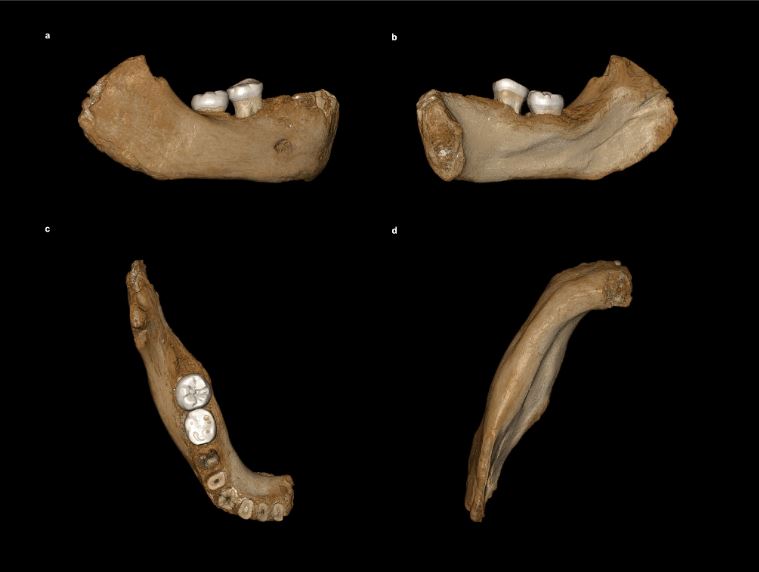
Denisovans are hard to understand because we only have a few bits of their bones and teeth, and most of what we know comes from their DNA.
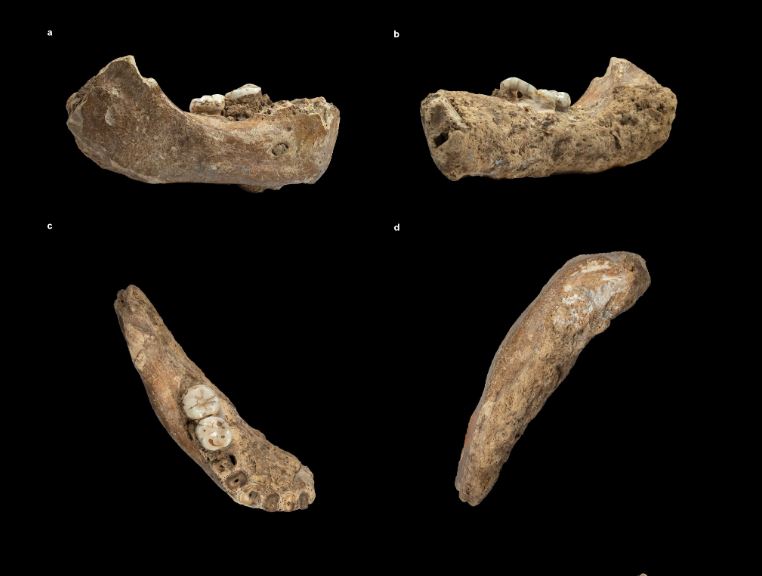
Scientists think Denisovans might have looked similar to Homo longi, which had a big nose, thick brow ridges, and large tooth sockets.
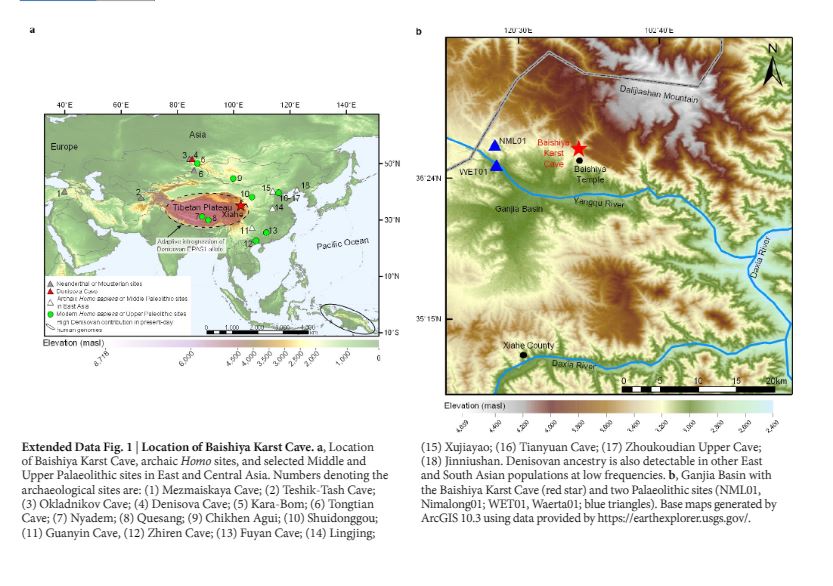
Some recent discoveries suggest that Denisovans might have lived in Tibet and other parts of Asia, and they probably even interbred with modern humans.
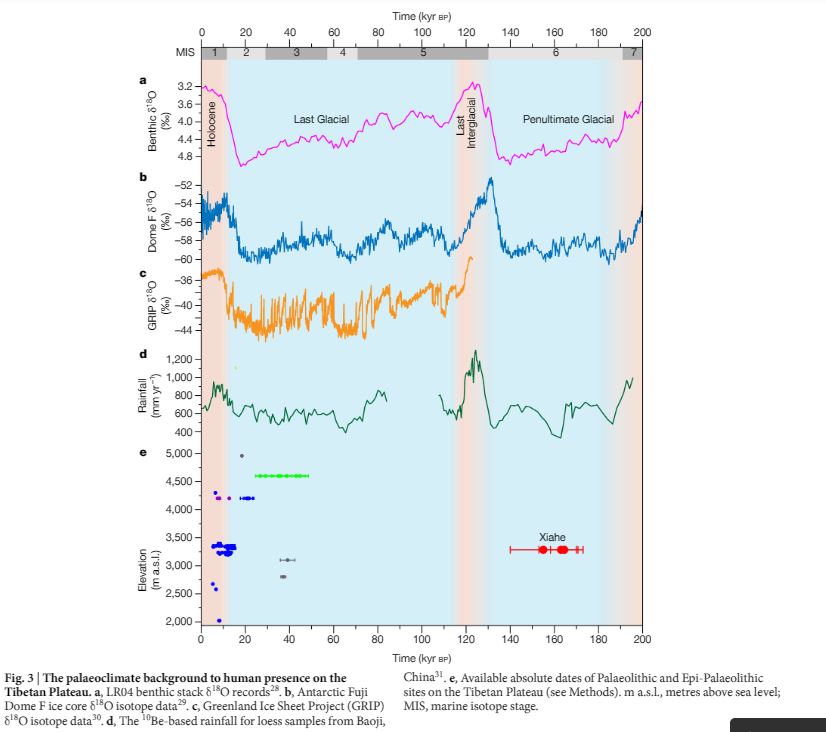
In Tibet, scientists found a Denisovan gene in local people, which helps them survive at high altitudes. Another discovery in a cave on the Tibetan plateau showed traces of Denisovan DNA. Even a jawbone found in China resembles both Denisovans and Homo longi.
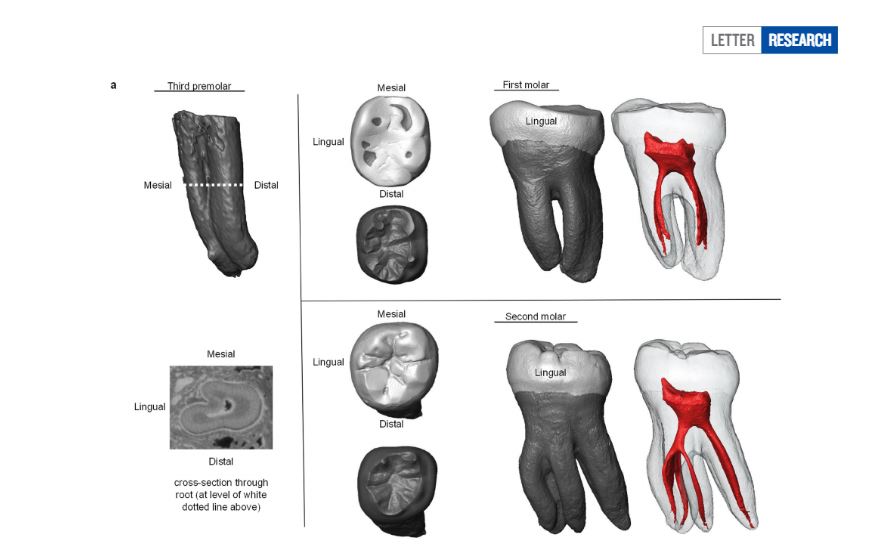
Although it’s hard to find DNA in Chinese fossils, new methods focusing on proteins might help us learn more. Some researchers believe Denisovans might have influenced the evolution of our own species by interbreeding with us and helping us fight diseases.

Denisovans lived in diverse environments, from cold mountains to tropical islands, which suggests they were adaptable. Unlike Neanderthals, who lived in cooler climates, Denisovans spread out to various places.
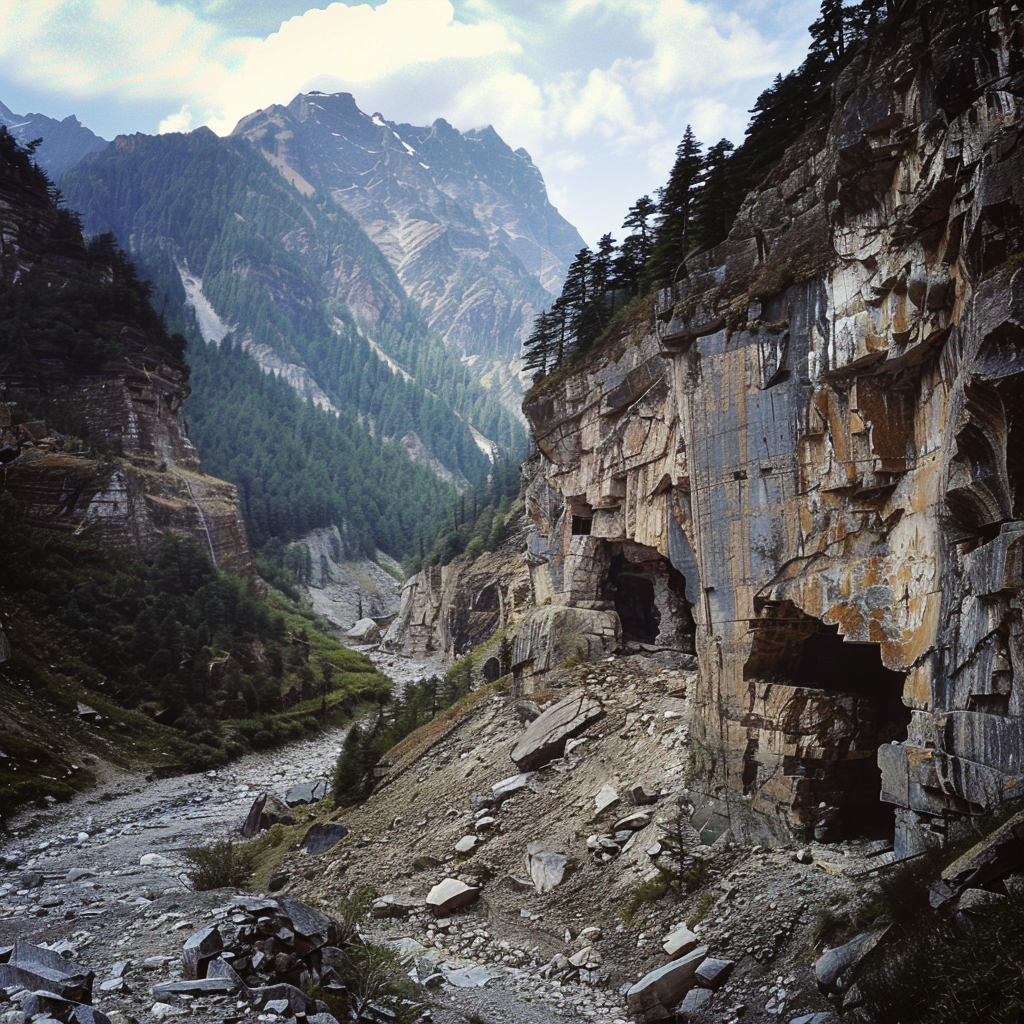
Modern humans, Neanderthals, and Denisovans all existed around the same time, and there’s evidence that they interbred. Some studies even suggest that the last contact between modern humans and Denisovans might have happened around 25,000 years ago.

More research is needed to understand how these different human groups interacted and evolved over time. Scientists are still trying to figure out when exactly these groups split apart and how often they crossed paths afterwards. There’s still a lot to learn about our ancient relatives! The study can be found here.

